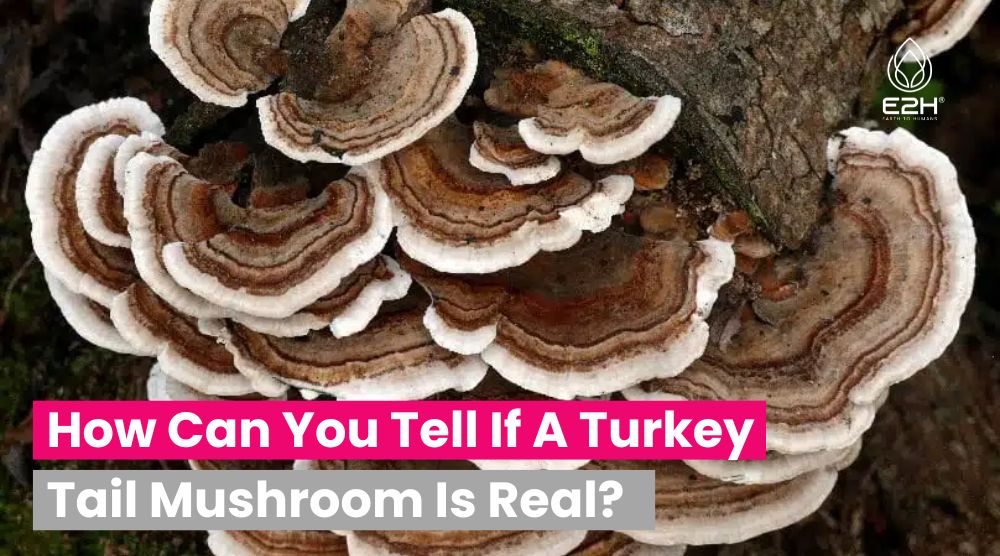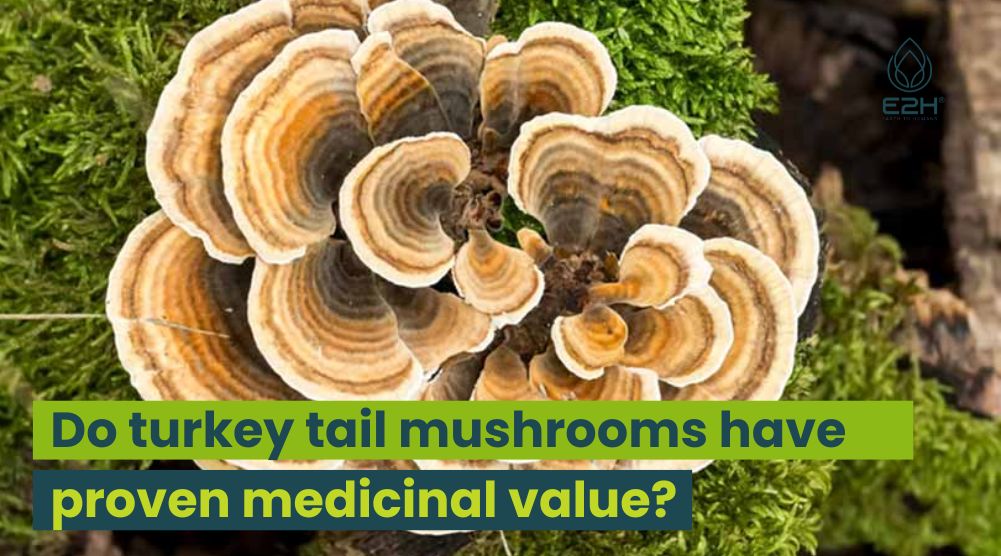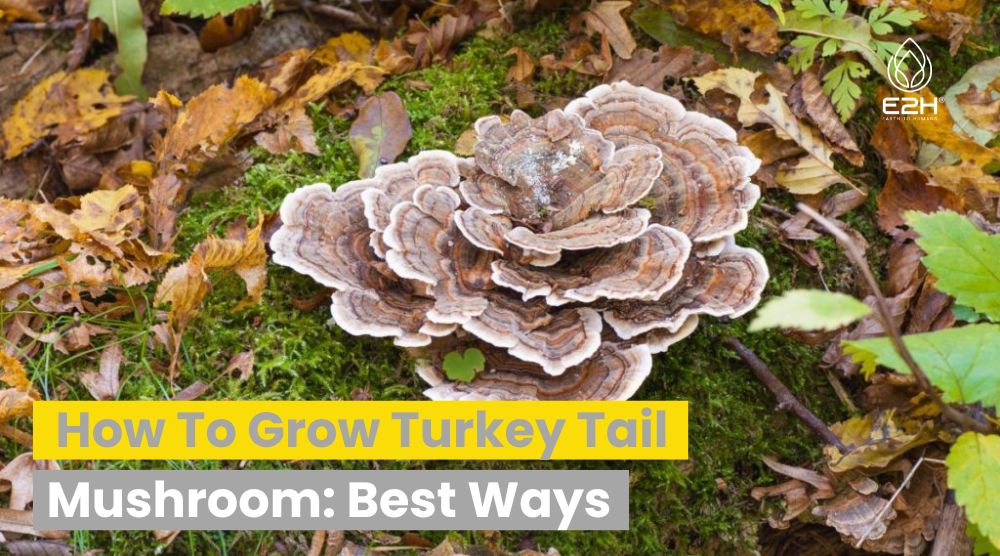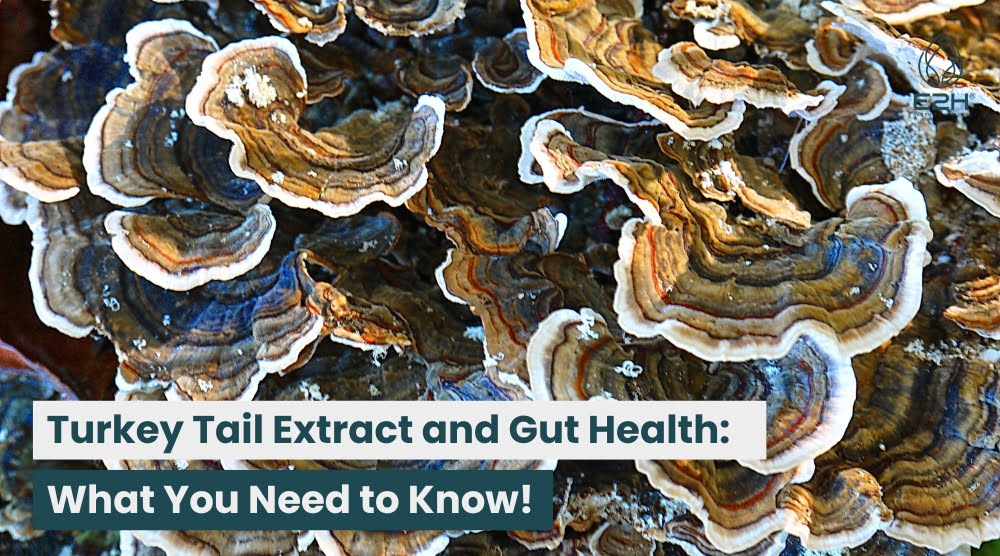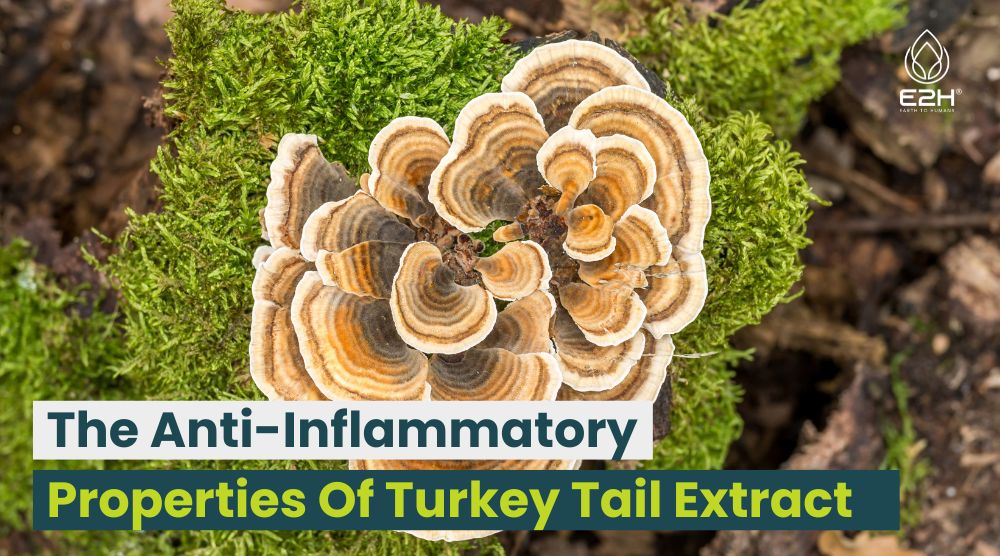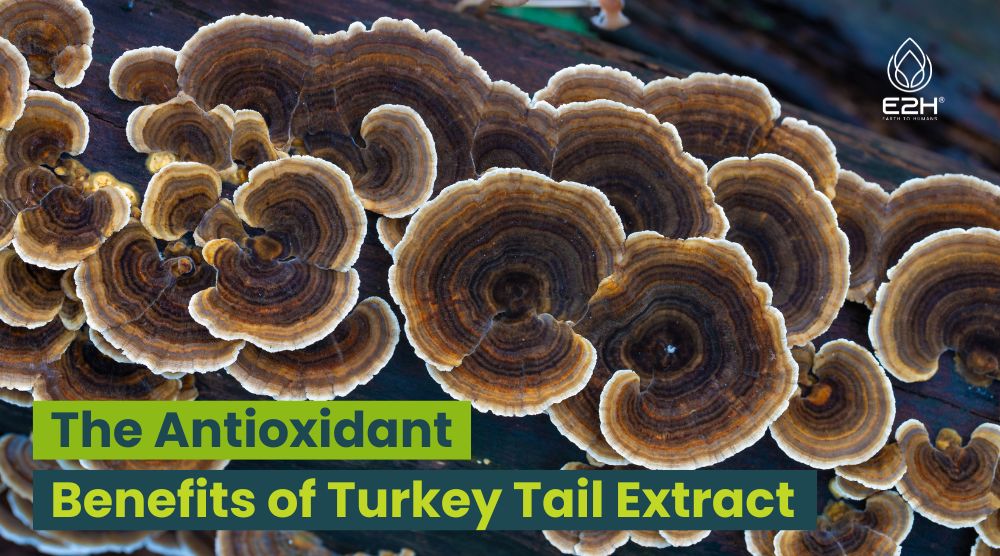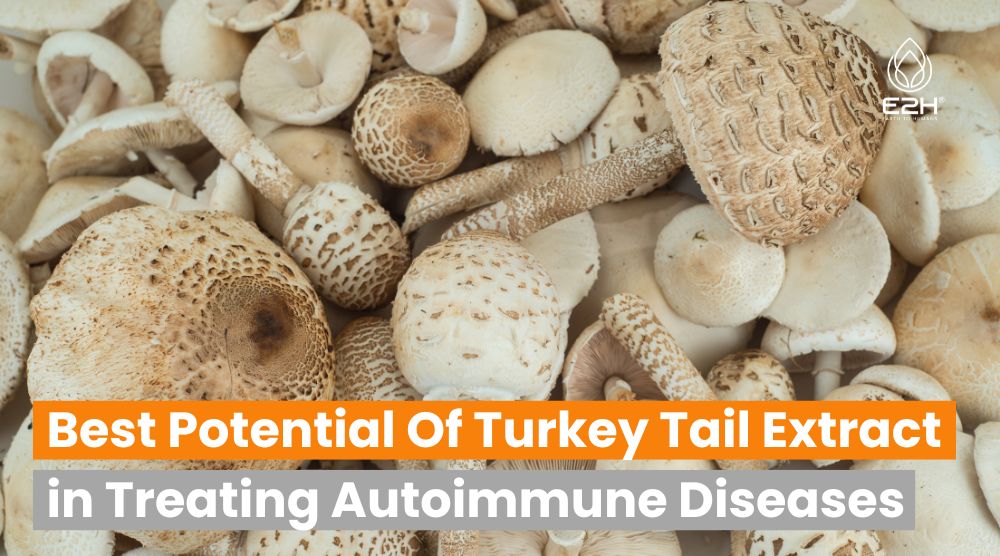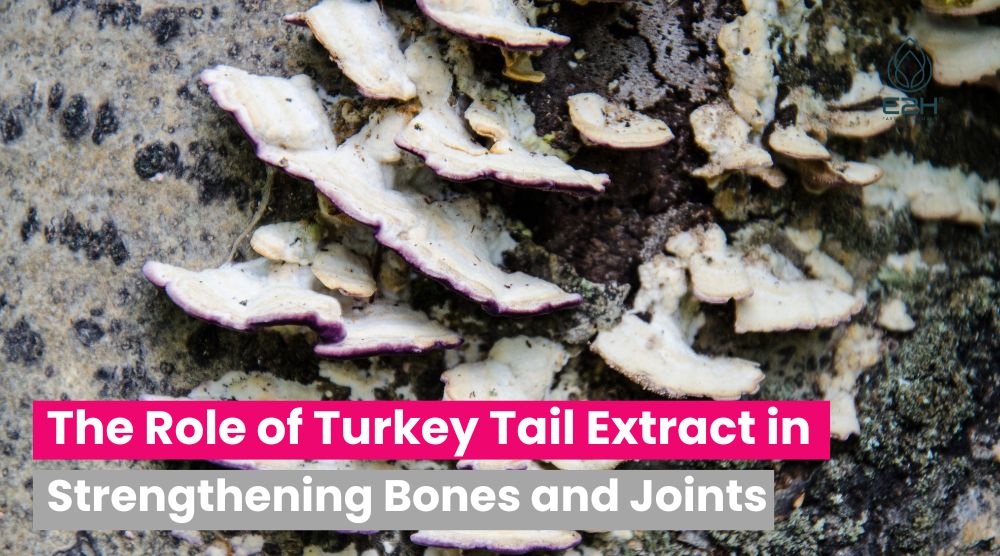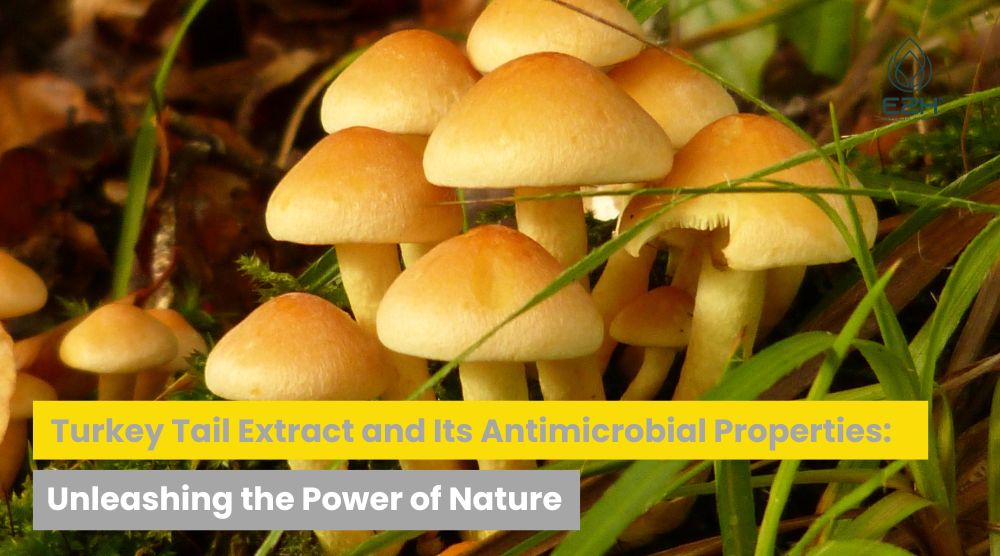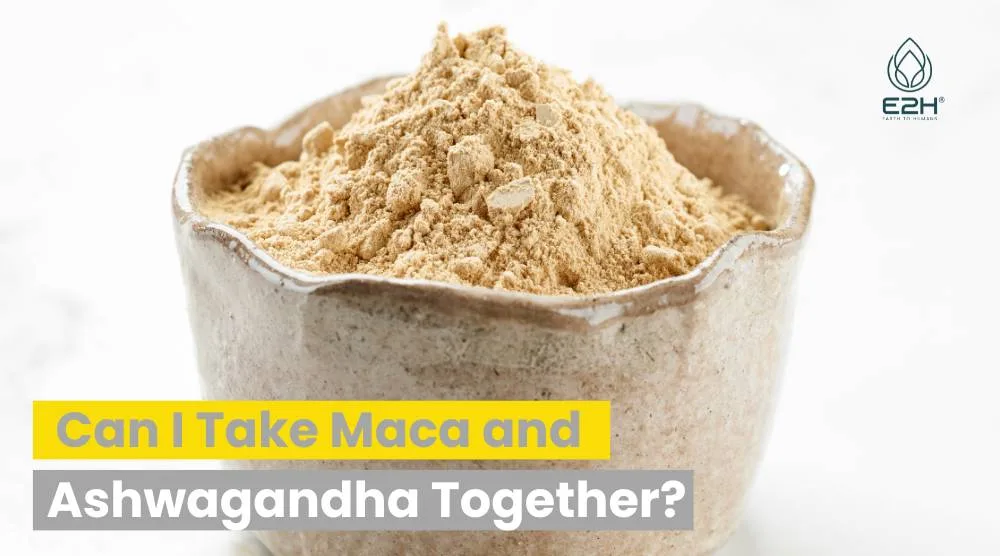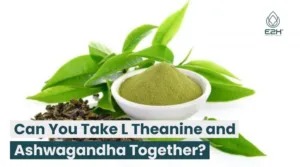How Can You Tell If A Turkey Tail Mushroom Is Real: To determine if a turkey tail mushroom is real, examine its appearance, texture, spore color, and flexibility. Authentic turkey tail mushrooms have distinctive concentric bands of colors and a flexible, leathery texture.
What is a turkey tail mushroom?
A turkey tail mushroom is a bracket fungus characterized by its fan-shaped fruiting bodies. These mushrooms are typically small, ranging in size from 1 to 8 centimeters. They are often found growing in clusters on fallen logs or tree stumps, especially in forests and woodland areas.
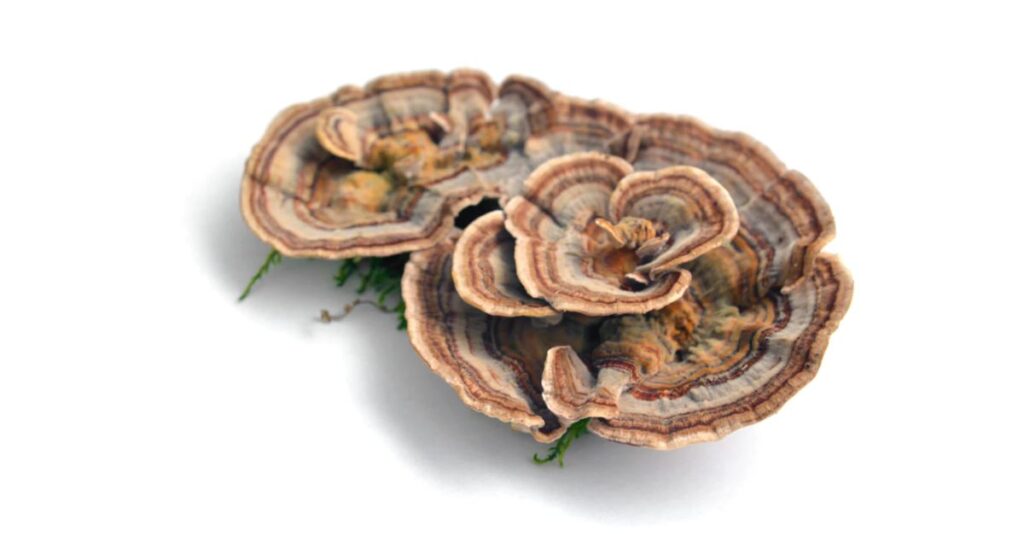
Characteristics of turkey tail mushrooms
Appearance
The turkey tail mushroom’s cap has a velvety texture and displays concentric bands of colors such as shades of brown, gray, white, and sometimes blue or green. The cap’s shape resembles a fanned-out tail, with a smooth top surface.
Texture
When touched, turkey tail mushrooms have a firm and leathery texture. The fruiting bodies can be brittle when dry, but they regain their elasticity when exposed to moisture.
Color
One of the distinguishing features of turkey tail mushrooms is their vibrant color patterns. The bands on the cap can vary greatly, ranging from deep browns and earthy tones to bright blues and greens. The unique combination of colors is a key characteristic when identifying these mushrooms.
Distinguishing real turkey tail mushrooms from imposters
With the increasing popularity of turkey tail mushrooms, it’s important to be able to differentiate genuine specimens from look-alikes. Here are some factors to consider:
Smell
Real turkey tail mushrooms have a mild, earthy odor. If you come across a mushroom with a strong or unpleasant smell, it is likely not a genuine turkey tail.
Spore color
When examining the underside of the cap, you can observe the spore color. Turkey tail mushrooms have white or light-colored spores. If the spores appear dark or differ significantly from white, it may indicate a different mushroom species.
Underneath the cap
Inspecting the underside of the cap reveals the presence of tiny pores or gills. Turkey tail mushrooms have numerous tiny pores that appear as small holes. Be cautious if the mushroom has true gills or lacks the characteristic pore surface.
Flexibility
Real turkey tail mushrooms are flexible and can be bent without breaking. If a mushroom is rigid or snaps easily, it is likely not a turkey tail.
By considering these factors, you can increase your chances of identifying real turkey tail mushrooms and avoiding potential misidentification.
Benefits and uses of turkey tail mushrooms
Turkey tail mushrooms have been valued for their potential health benefits. While further research is needed, they are believed to possess various properties that make them a valuable addition to wellness routines. Some of their potential benefits include:
Medicinal properties
Turkey tail mushrooms contain polysaccharides, such as beta-glucans, which have shown immunomodulatory and anti-inflammatory effects. These compounds may help support overall immune function and contribute to overall well-being.
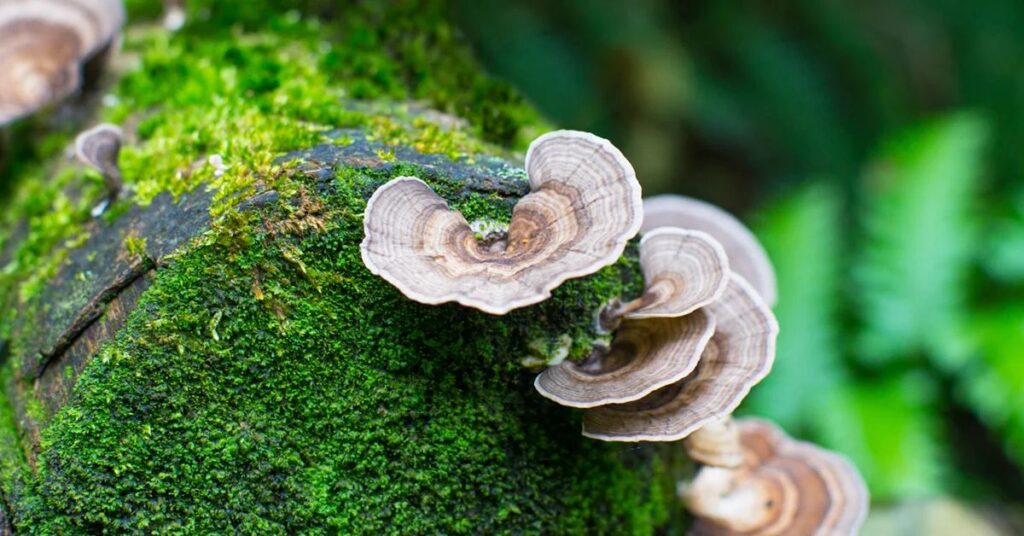
Immune system support
Due to their immune-enhancing properties, turkey tail mushrooms are often used to support immune system health. They may help the body defend against pathogens and maintain a balanced immune response.
Cancer-fighting properties
Studies have suggested that certain compounds found in turkey tail mushrooms, such as polysaccharopeptides (PSP) and polysaccharide-K (PSK), exhibit potential anti-cancer properties. These compounds may aid in modulating the immune system and supporting conventional cancer treatments.
The potential health benefits of turkey tail mushrooms make them an appealing natural remedy. However, it is important to note that they should not replace medical advice or treatment.
Where to find real turkey tail mushrooms?
Turkey tail mushrooms can be found in various environments, both in their natural habitats and through cultivation. Here are some ways to obtain real turkey tail mushrooms:
Natural habitats
The most common place to find turkey tail mushrooms is in forests or woodland areas. Look for fallen logs or decaying tree stumps, particularly in damp or moist environments. Remember to practice sustainable foraging and only harvest mushrooms if you are confident in your identification skills.
Cultivation
Growing turkey tail mushrooms at home is another option. With proper knowledge and resources, you can cultivate your own supply of turkey tail mushrooms. Kits and spawn for cultivation are available from reputable suppliers and can provide a reliable source of genuine mushrooms.
Purchasing options
If foraging or cultivation is not feasible for you, you can purchase turkey tail mushrooms from reputable sources. Look for certified organic or trusted suppliers who provide high-quality products. Ensure that the mushrooms are properly labeled and verified as genuine turkey tail.
Precautions and considerations
While turkey tail mushrooms are generally safe to consume, it is essential to take certain precautions and consider individual circumstances:
Allergies
Some individuals may be allergic to mushrooms. If you have a known mushroom allergy, it is best to avoid consuming turkey tail mushrooms or any other mushroom species.
Dosage and consumption
If you plan to incorporate turkey tail mushrooms into your diet or supplement regimen, it is advisable to start with small amounts and gradually increase the dosage. This allows you to observe how your body responds and minimize the risk of any adverse effects.
Consultation with healthcare professionals
If you have any underlying health conditions, are taking medications, or are pregnant or breastfeeding, it is crucial to consult with a healthcare professional before using turkey tail mushrooms for therapeutic purposes. They can provide personalized guidance based on your specific situation.
How do you identify a fake turkey tail?
Identifying a fake turkey tail mushroom requires attention to detail. Look for signs such as a strong or unpleasant odor, dark or significantly different spore color, the presence of true gills instead of tiny pores underneath the cap, and rigidity or easy breakage. These characteristics suggest that the mushroom is not a genuine turkey tail. It is essential to compare the mushroom’s features to reliable sources or consult with an expert to ensure accurate identification.
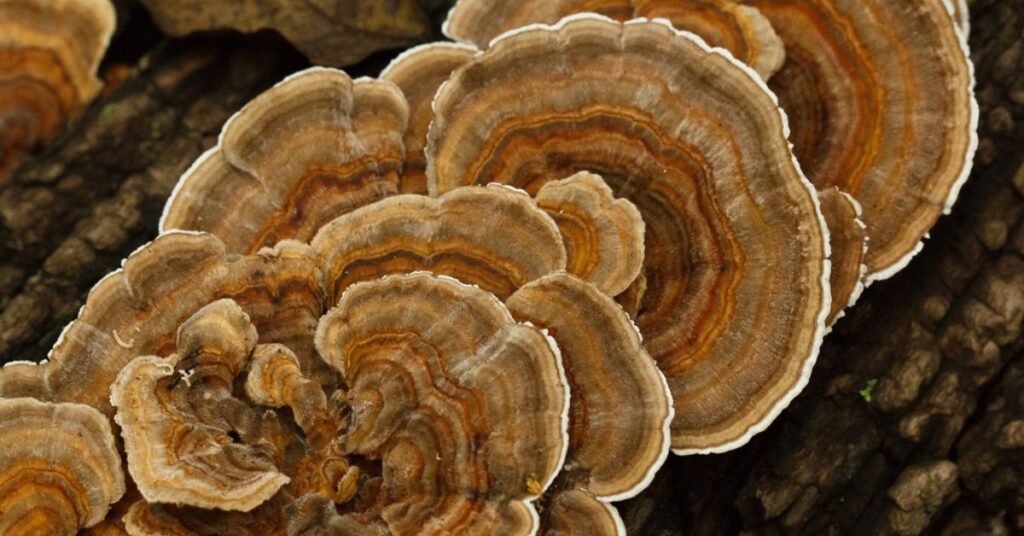
What is false turkey tail mushroom?
The false turkey tail mushroom, also known as Stereum ostrea, is a species that resembles the turkey tail but is not the authentic Trametes versicolor. It shares some visual similarities, such as a fan-shaped cap with concentric bands. However, false turkey tail mushrooms lack the distinctive pore surface found in genuine turkey tails. They typically have a smooth or slightly wrinkled underside, which helps differentiate them from the real species.
Does turkey tail have any look-alikes?
Yes, turkey tail mushrooms have several look-alikes that can be confusing for foragers. One common look-alike is the false turkey tail mushroom (Stereum ostrea), as mentioned earlier. Another is the hairy curtain crust (Stereum hirsutum), which has a similar shape and texture but lacks the vibrant colors and distinct banding pattern of the turkey tail. It is crucial to carefully examine the mushroom’s features, including pore surface, spore color, and overall appearance, to distinguish between genuine turkey tails and their look-alikes. Consulting experienced mycologists or field guides can provide further assistance in accurate identification.
How to Identify Turkey Tail Mushrooms ( and distinguish from false lookalikes )
Conclusion
Distinguishing real turkey tail mushrooms from imposters is essential to ensure that you reap the potential benefits associated with this remarkable fungus. By considering factors such as appearance, smell, spore color, and flexibility, you can confidently identify genuine turkey tail mushrooms. Whether foraging in their natural habitats, cultivating them at home, or purchasing from trusted sources, incorporating turkey tail mushrooms into your lifestyle may offer a variety of potential health advantages.
